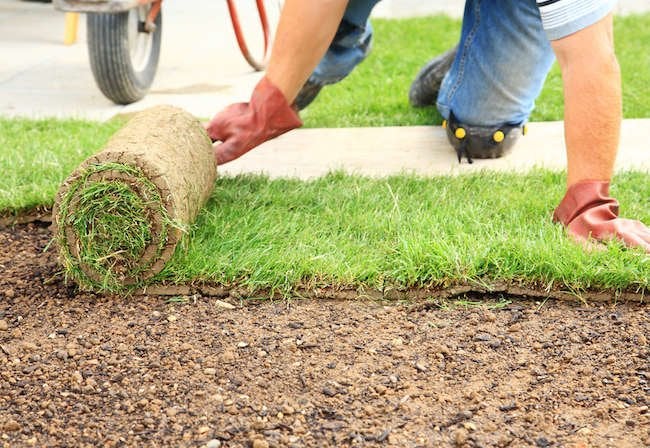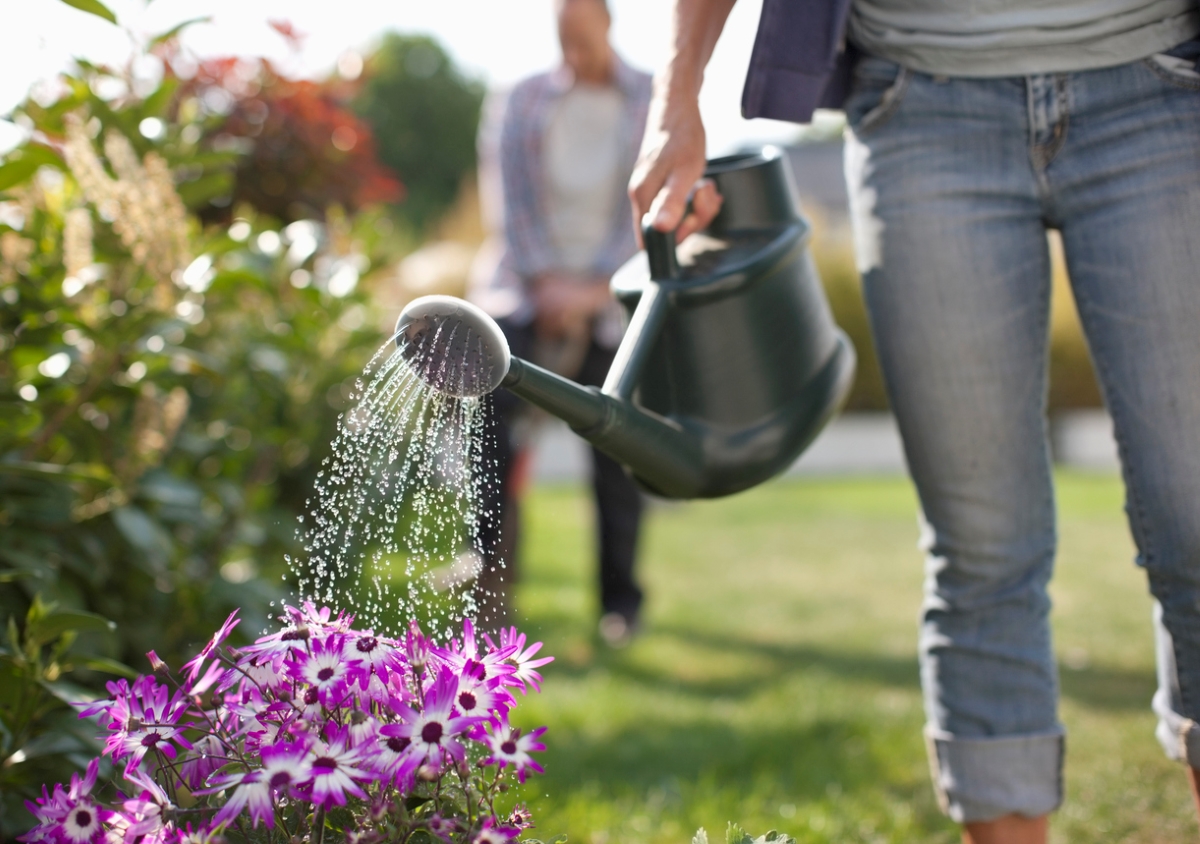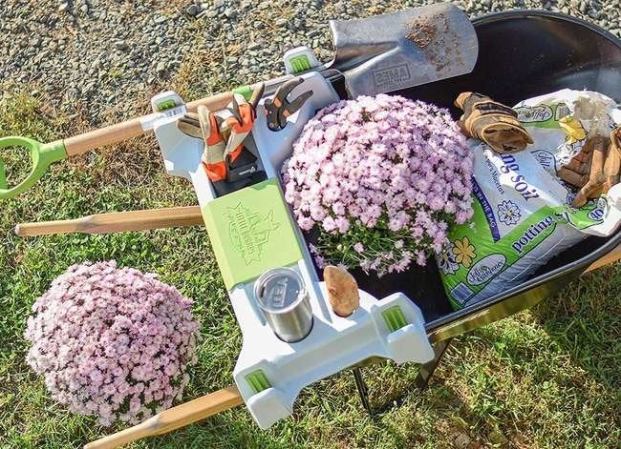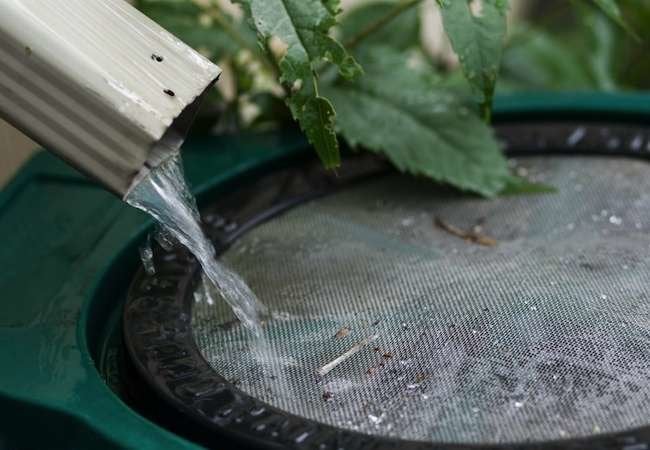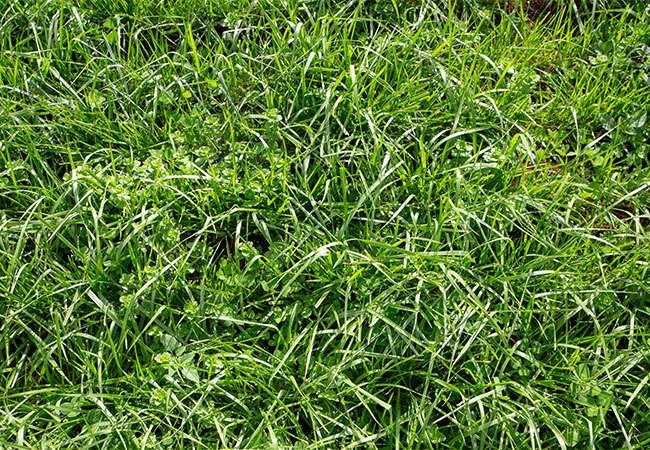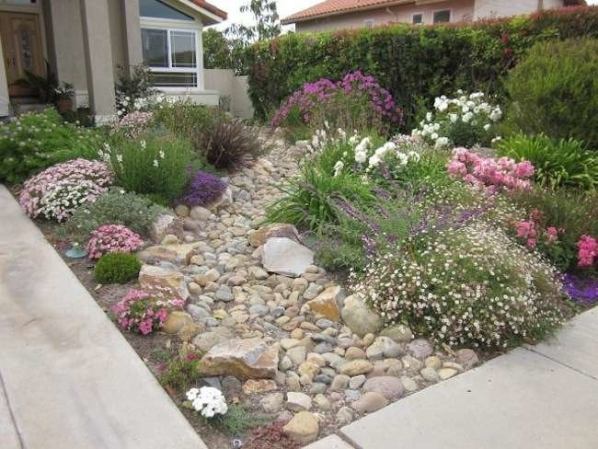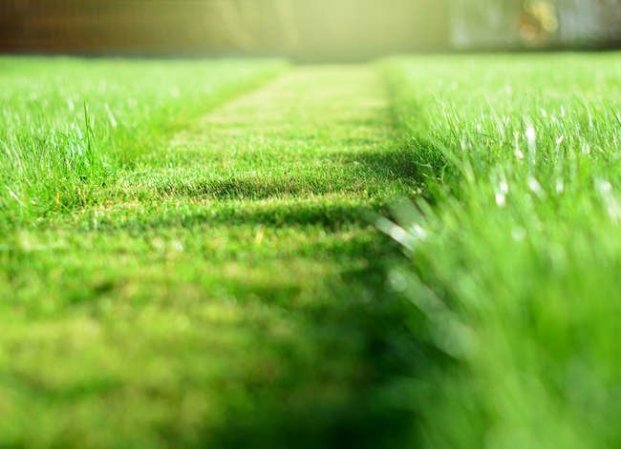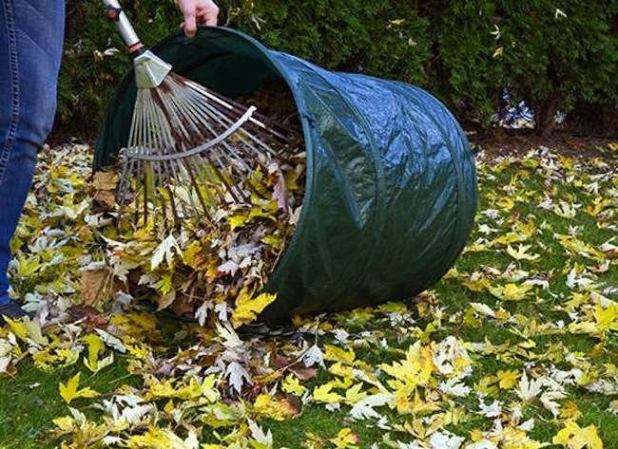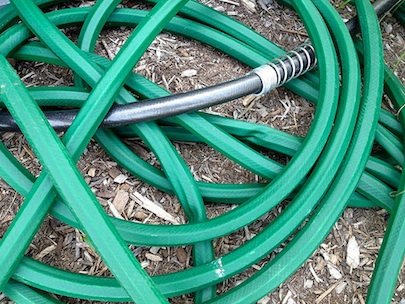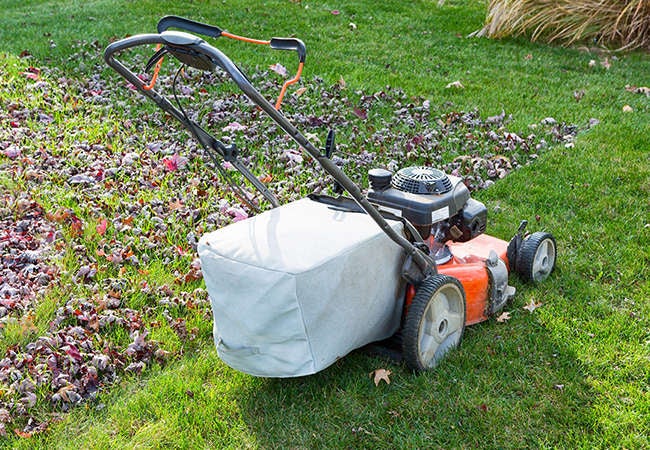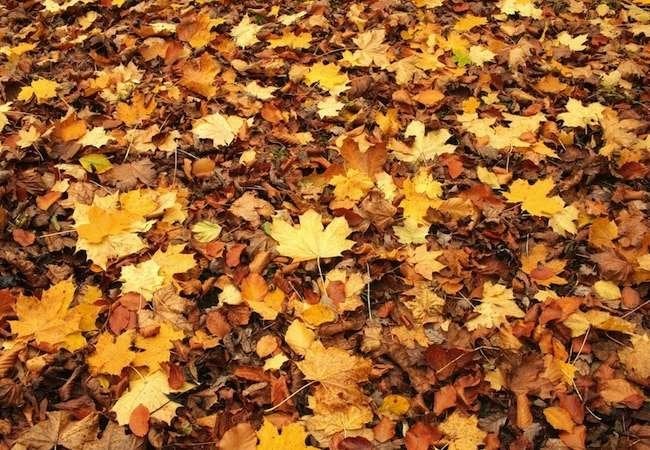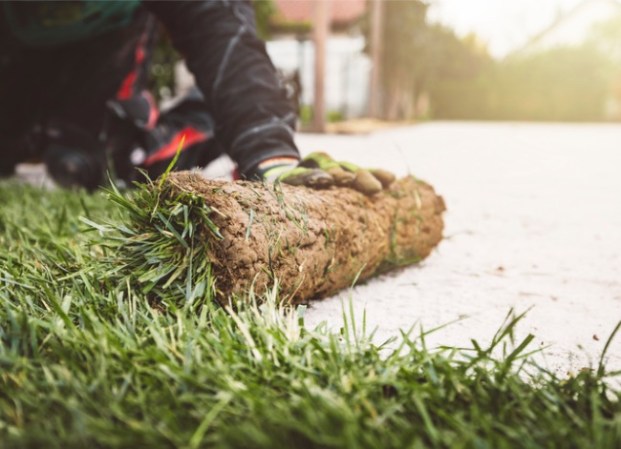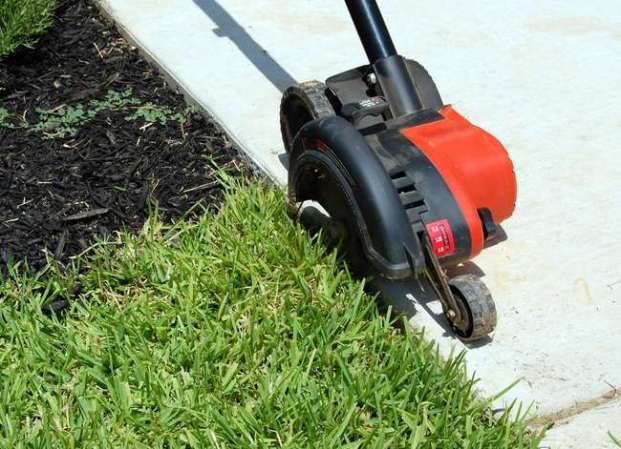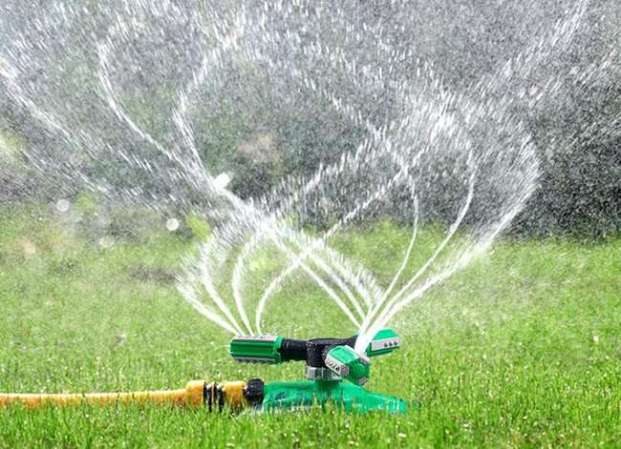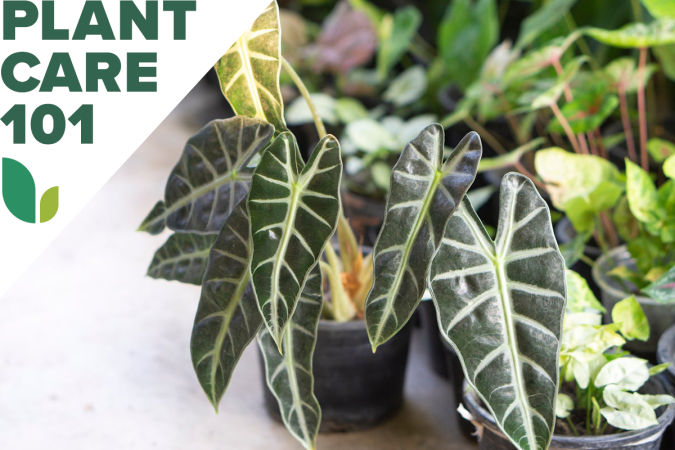We may earn revenue from the products available on this page and participate in affiliate programs. Learn More ›
Start With the Right Seed
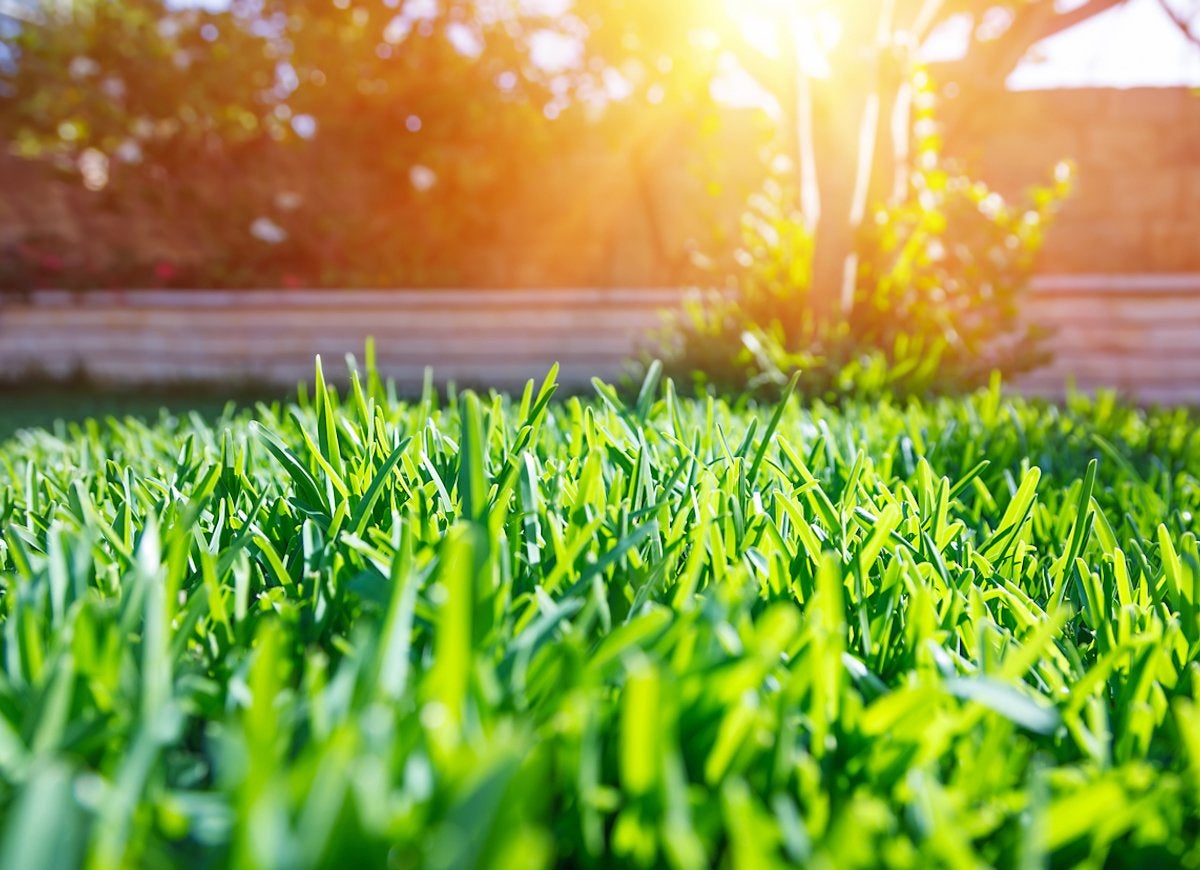
Not surprisingly, success lies in the seed. To make sure you sow the type of seed that works best for your climate, first consult the USDA Plant Hardiness Zone Map. For warm-season grasses (including zoysia and Bermuda), springtime fertilization is appropriate once the lawn is actively growing, about six weeks after the last frost date.” title=”For warm-season grasses (including zoysia and Bermuda), springtime fertilization is appropriate once the lawn is actively growing, about six weeks after the last frost date.” Just remember—a green, lush lawn may need a couple of seasons to take hold. Be patient, follow proper care and watering, and you will be rewarded.
Consider Sod
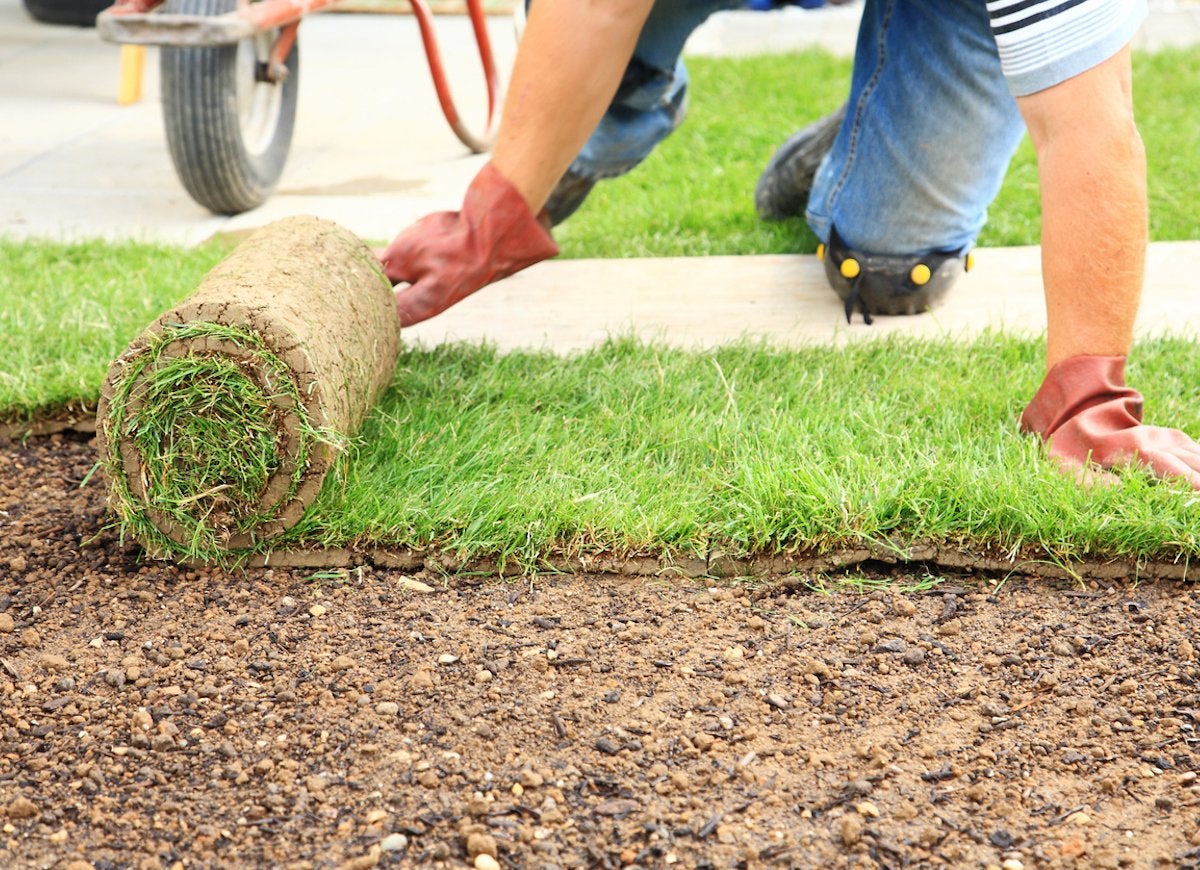
If you opt for sod, know that it will be expensive to purchase and even more expensive if you want it installed professionally. The benefits, however, may outweigh the cost, because you will be able to enjoy your lawn immediately, and it will be less likely to endure weeds and lawn disease. You can also transplant sod once planted.
Fertilize Properly
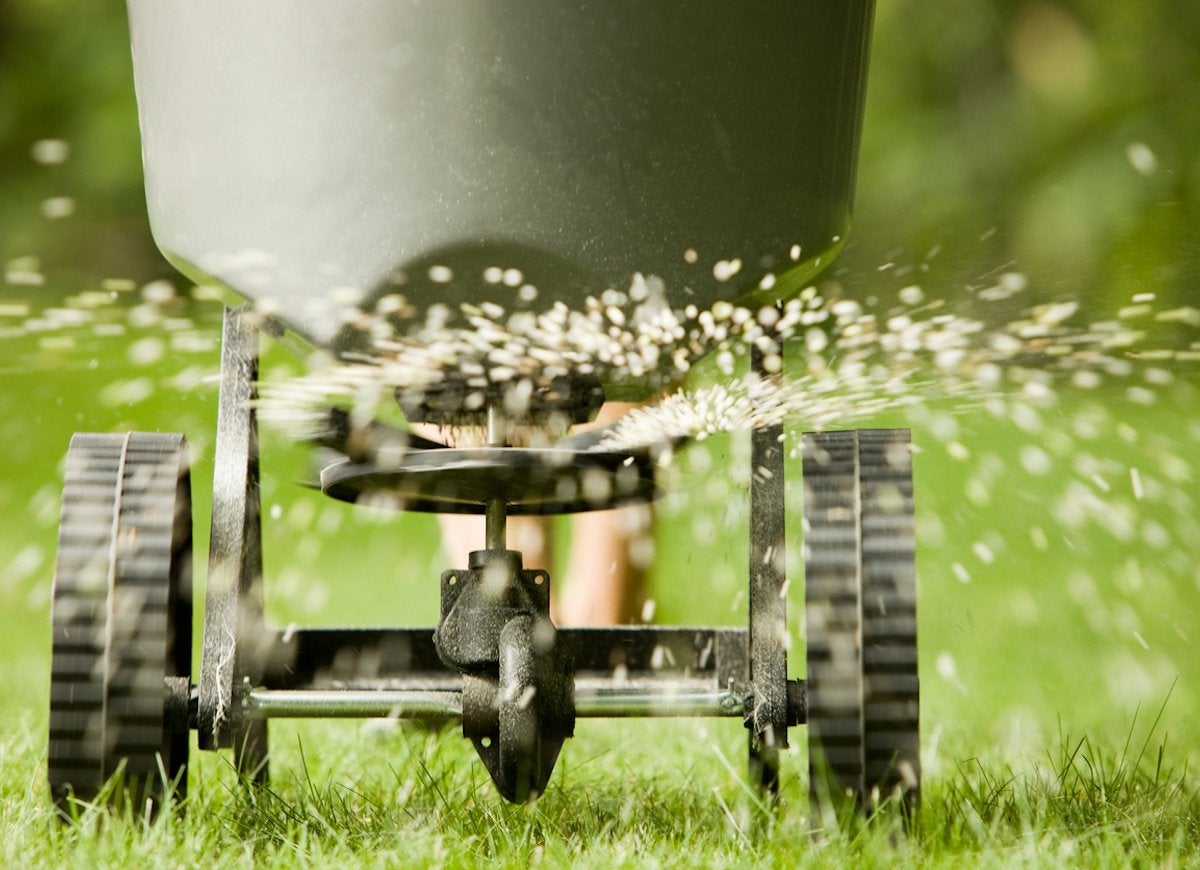
Cool-season grasses (including Kentucky bluegrass and tall fescue) benefit most from fertilizer in the fall; springtime is better for warm-season grasses (including zoysia and Bermuda). Start with a soil test to determine what nutrients may be required and then follow these guidelines to give your lawn a boost.
Get a Jump on Weeds
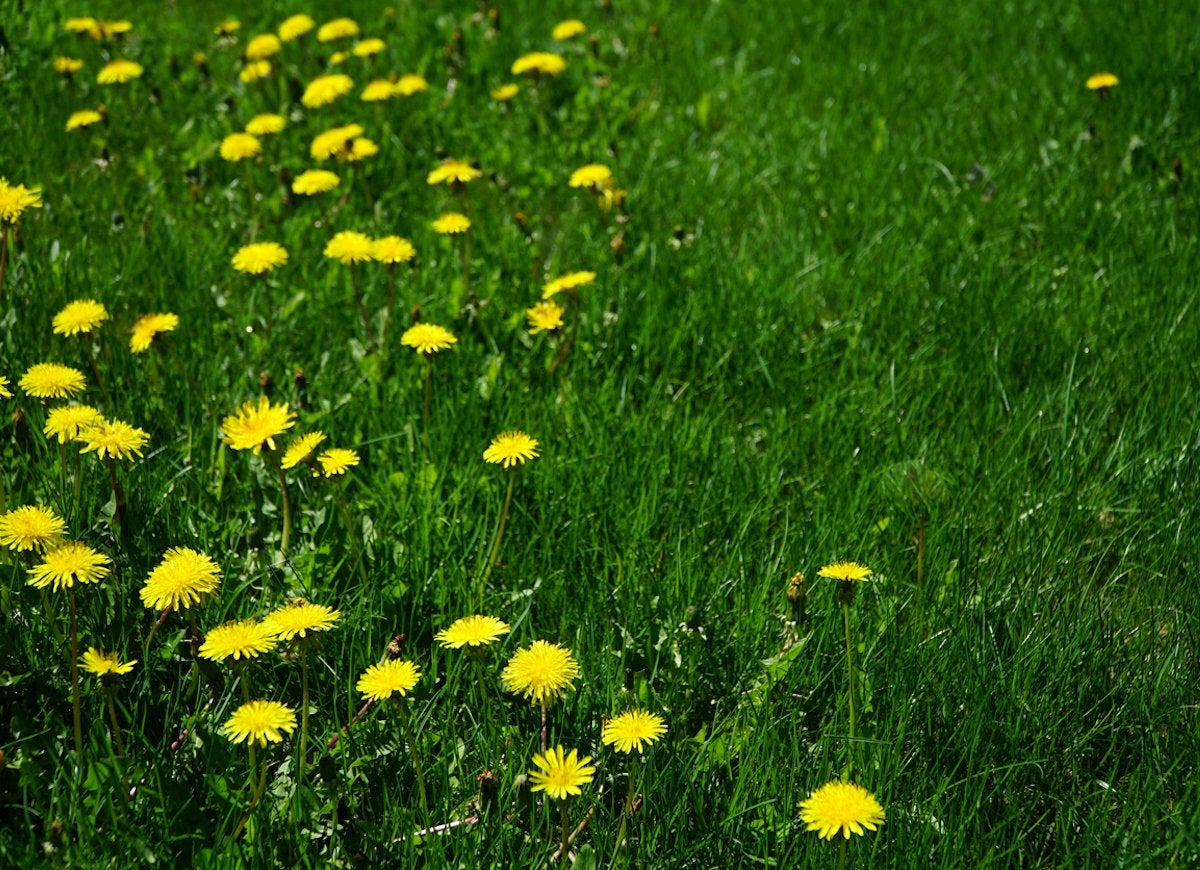
No matter how much you love your lawn, problems arise. If dandelions are your nemesis, spray them directly with diluted vinegar (an organic alternative to weed killer). If it’s crabgrass—raise the mower blade higher and water less frequently.
Related: Keep, Don’t Kill: 9 Weeds to Welcome
Water Smart and Early
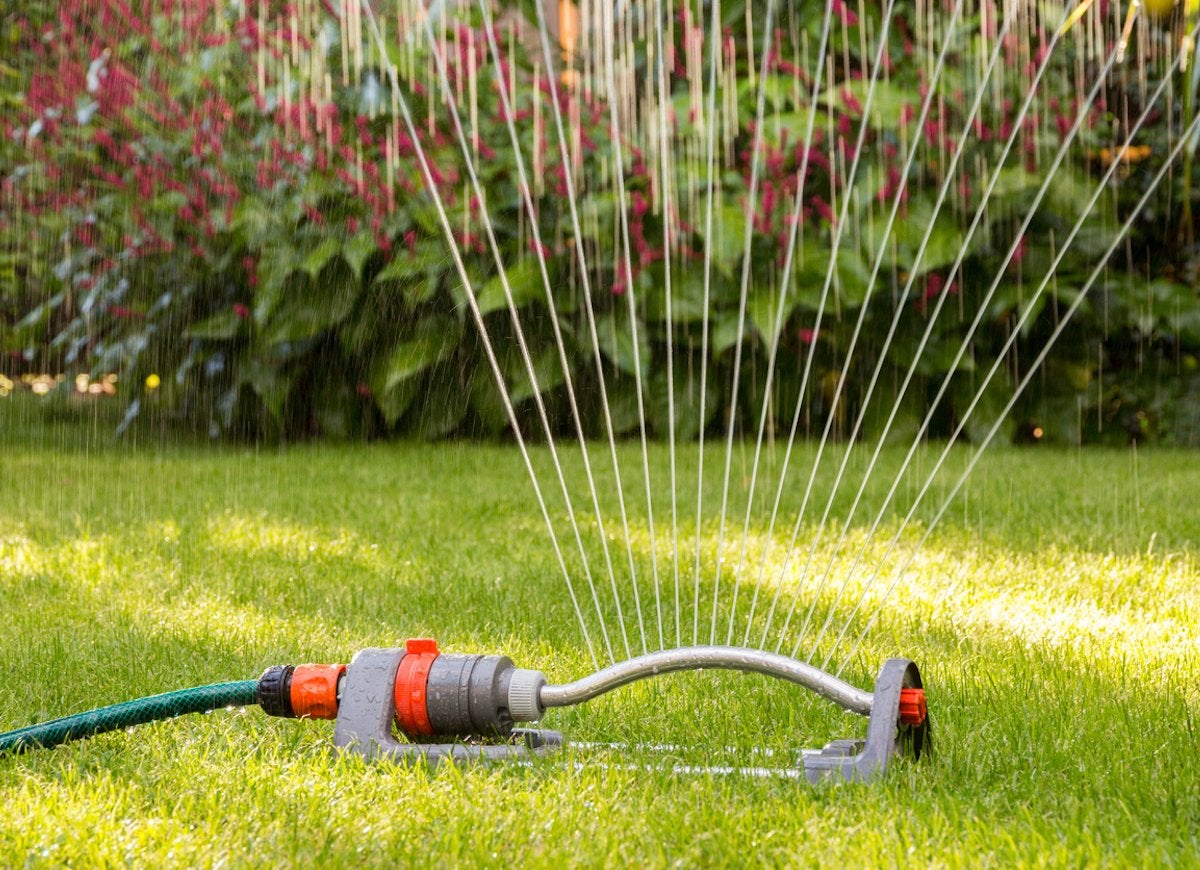
There is an art to watering a lawn. Water too much and your lawn will have deep—but sparse—roots. Water too little and your lawn will have many—but shallow—roots. The trick is finding the happy medium for your lawn. Consider watering your lawn early in the morning; the air is cooler and the winds calmer, so there will be less evaporation.
Go for a Clean Cut
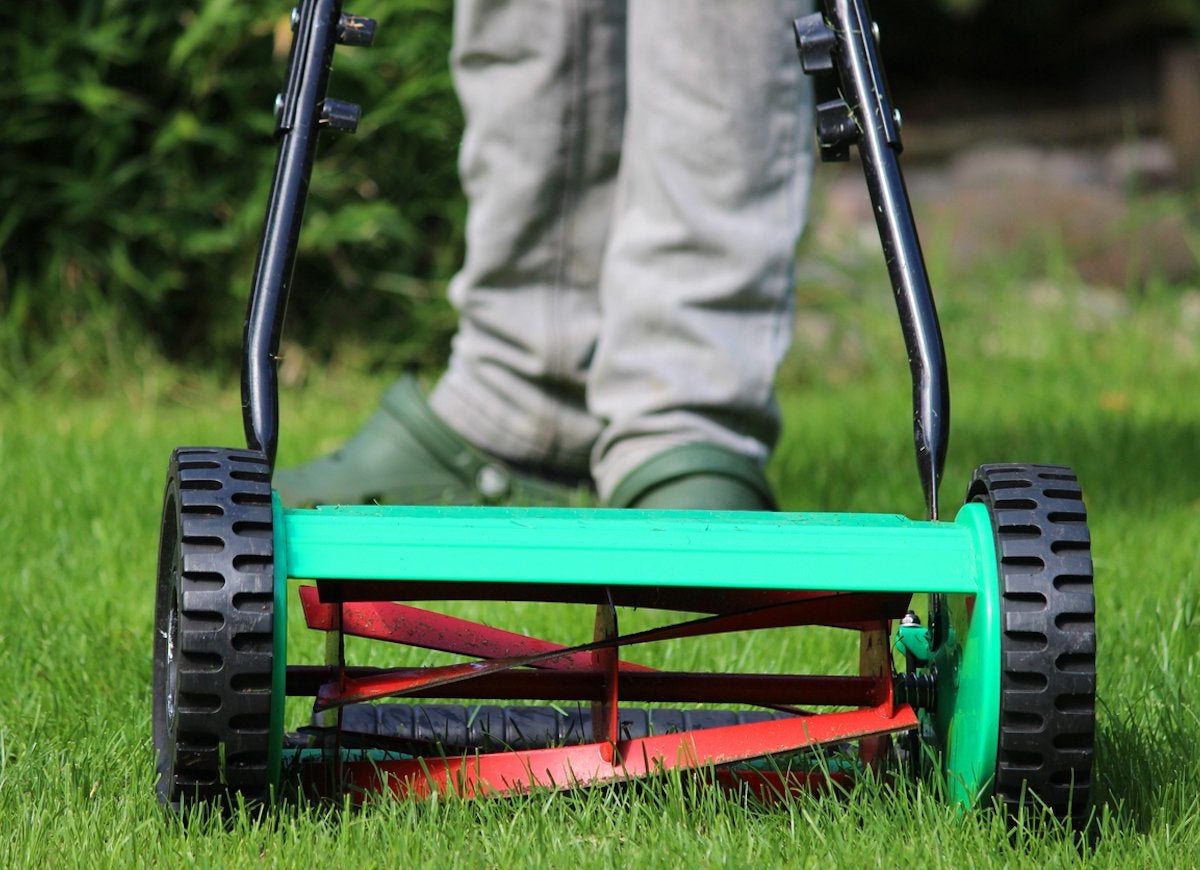
Mowing is not just a chore—done right, it’s one of the most effective ways to maintain healthy turf. Aim to take off no more than one-third of a blade’s height at once. This leaves enough leaf tissue so that the plant can continue photosynthesis. Start each season with a sharp blade for the cleanest cut.
Choose the Right Mower
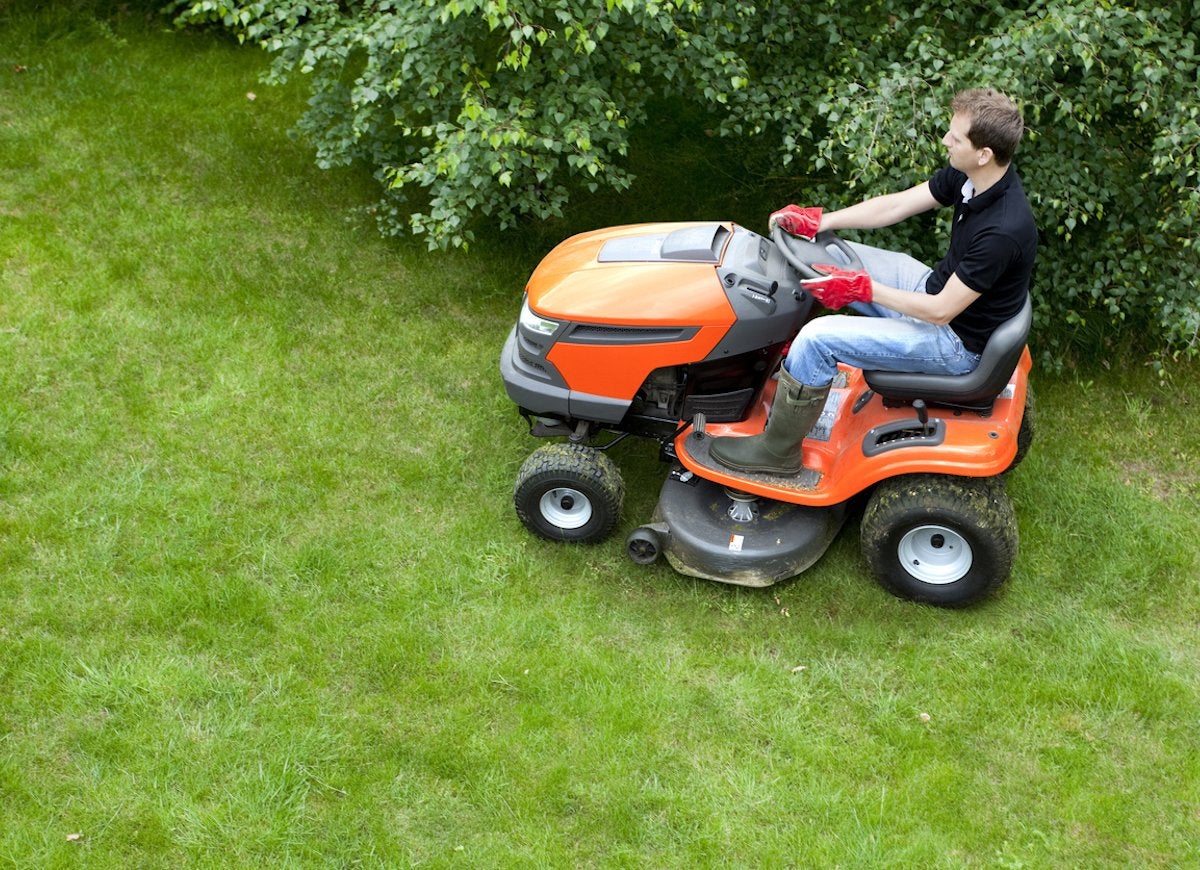
When choosing a mower, it’s important to consider both your needs and the needs of your lawn. Is your yard large or small? Are there many obstacles to navigate around? Are you able to push a mower for a long time? Consider your requirements and weigh the options before deciding on a manual, electric, or gas-powered mower, or, for larger yards, a riding mower or lawn tractor.
Related: 10 Top-Rated Lawn Mowers
Maintain Your Machine
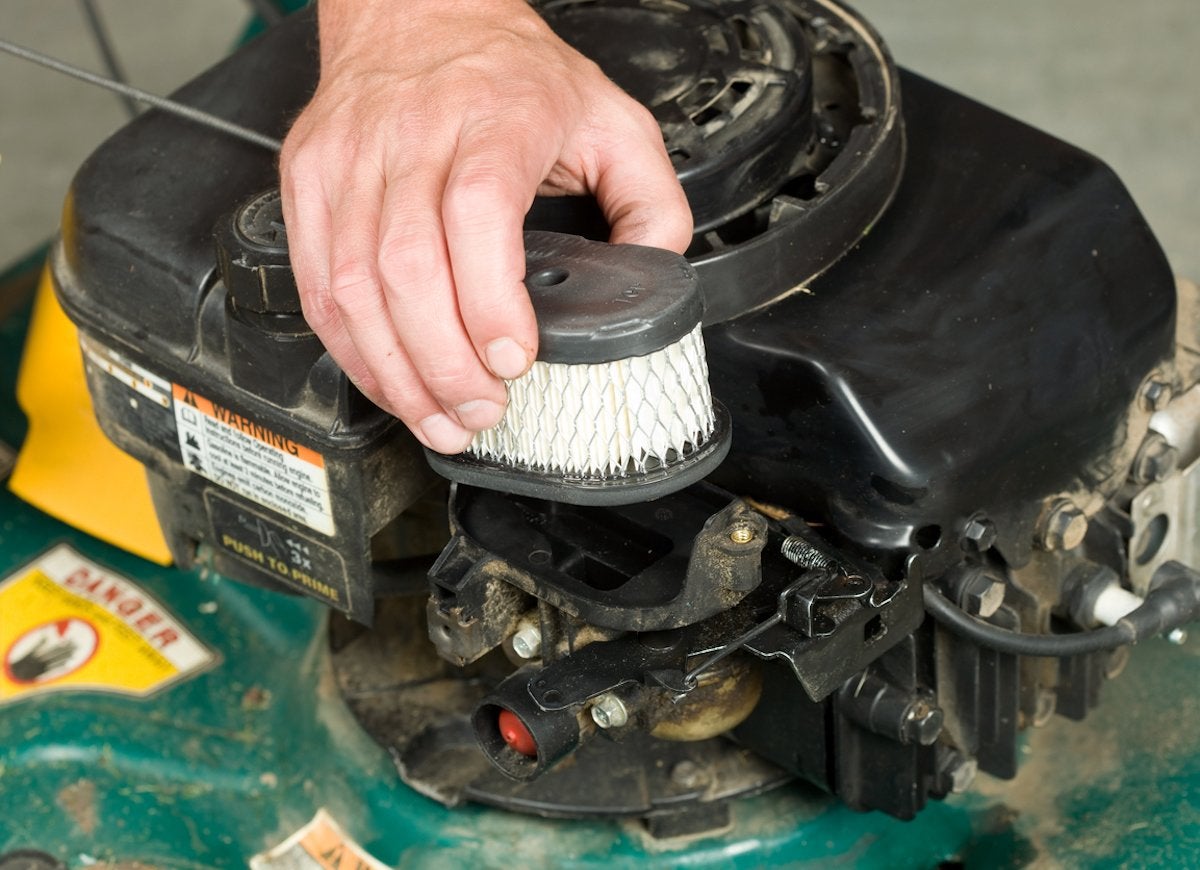
Over time, all mowers will require maintenance—whether it’s sharpening the blades or changing the oil. A little bit of mow-how and maintenance can extend your mower’s life and save you from having to rush off to the garden supply store to buy a new one every few years. Follow these maintenance and safety tips to keep everything running the way it should.
In the Fall, Fill In
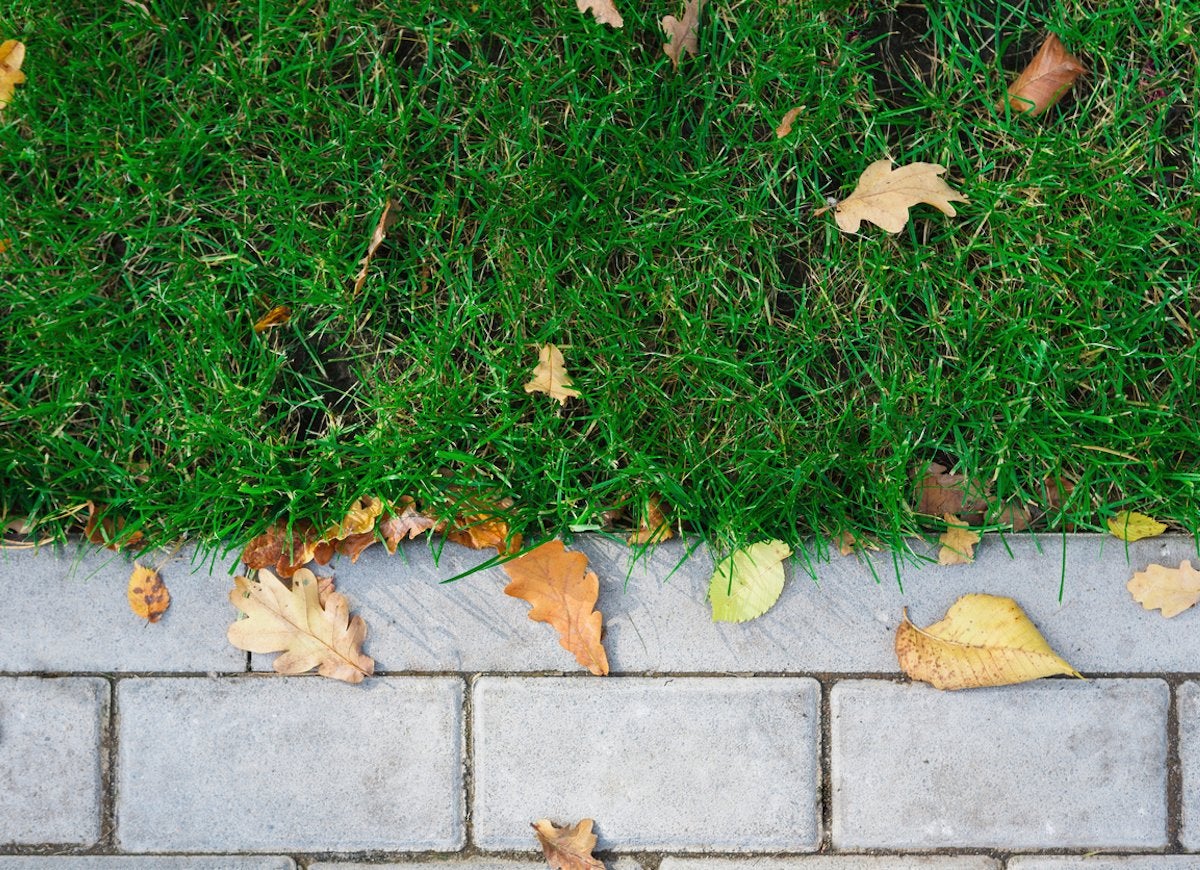
When fall comes, you’ll need to add a few new tasks to your lawn-care routine. Scratch up bare patches and put down some new seed to fill them in for next year. Consider using a natural fertilizer or compost tea that will work with the organisms in the soil to strengthen the roots, aerate the soil, and build your lawn’s resistance to drought.
Spring Into Lawn Care
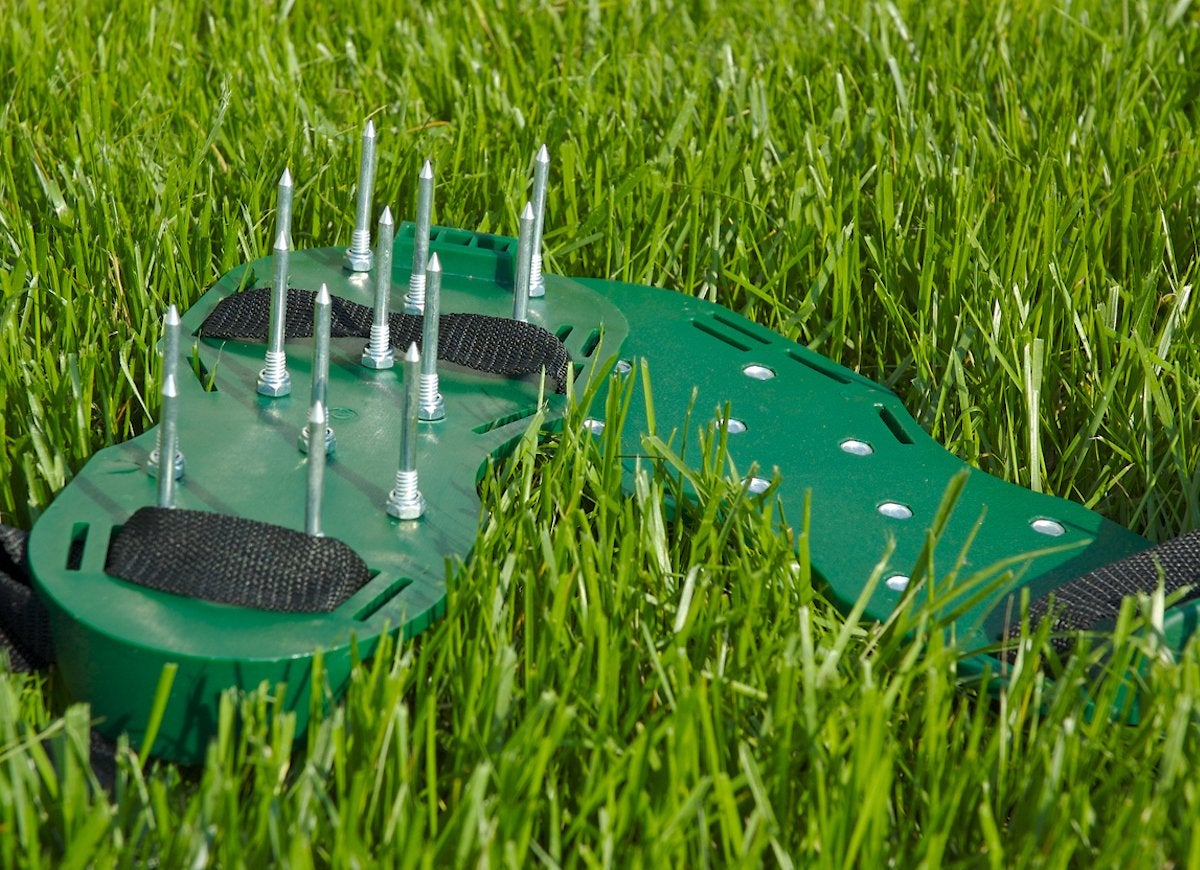
When spring arrives, it’s time to get your lawn ready for the growing season ahead. You’ll need to aerate the soil if it has become compacted, and build up low spots with topsoil. This is also the time to put down pre-emergent herbicides to prevent summer weeds. A solution of corn gluten meal now—before weeds germinate—will stop them in their tracks.
Think About Alternatives
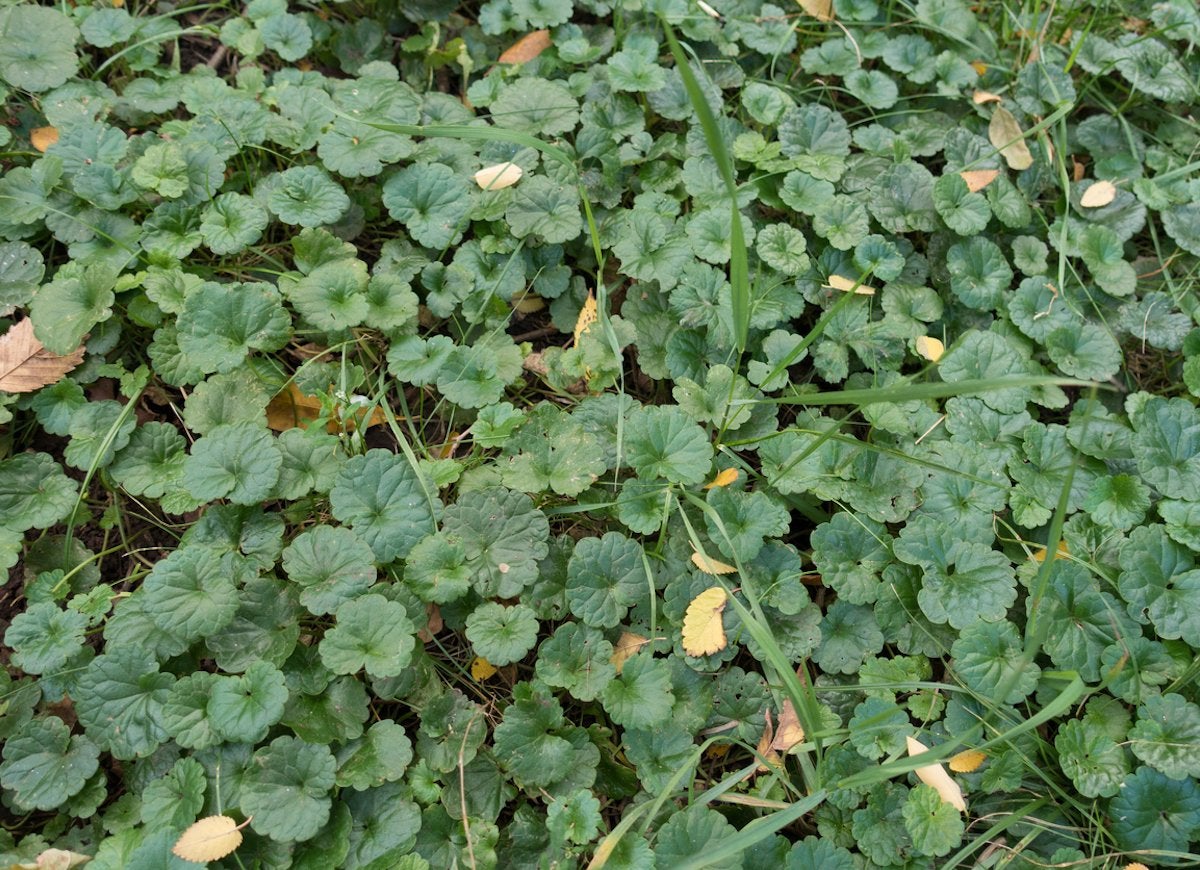
In America, lawns occupy about 50,000 square miles, and many yards are planted with nonnative grass species that require extensive upkeep. Consider opting for a grass alternative or a different ground cover that can help fill patchy lawns, prevent hill erosion, and save water.
Go Artificial
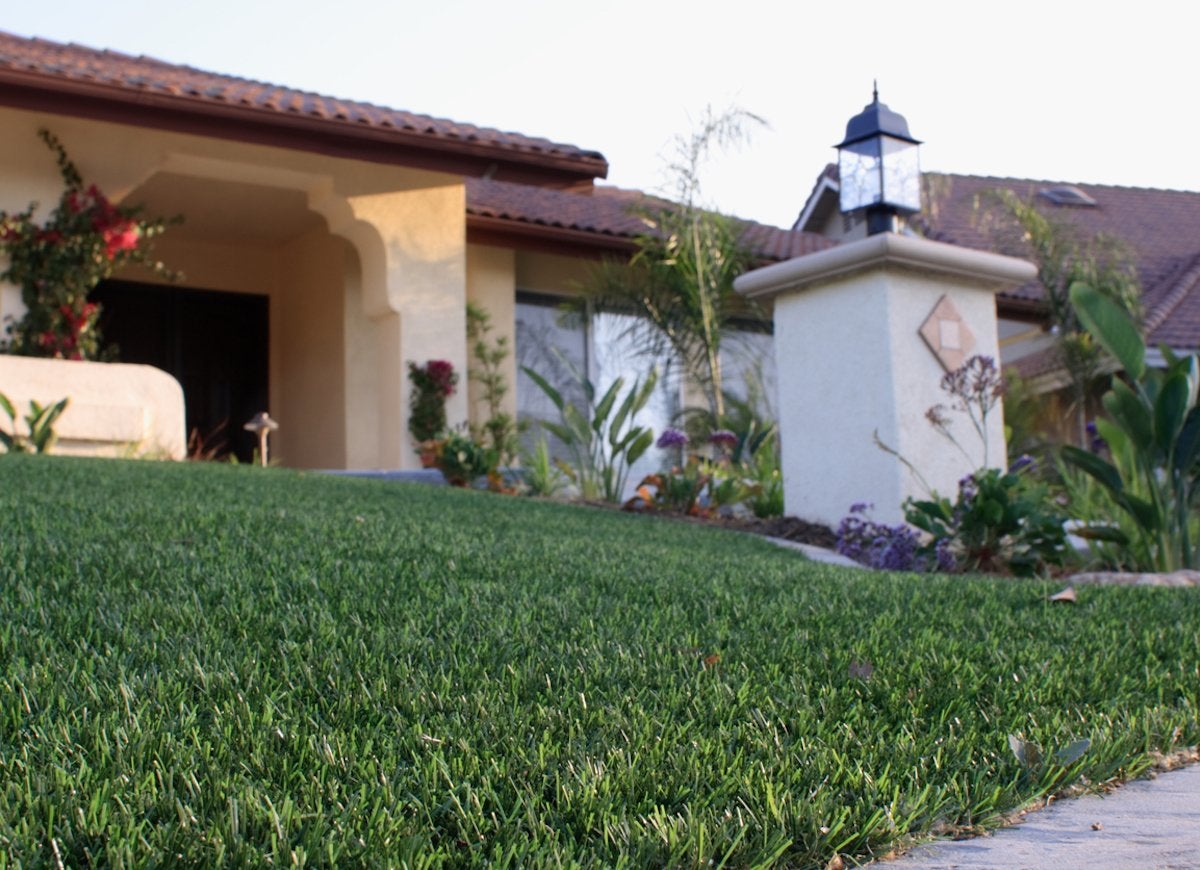
If your image of artificial turf is, well, artificial, you would do well to take another look. Today’s synthetic grass alternatives come in a variety of types, some of which have thatch and multifaceted blades that mimic the original. In addition to their realism, they are durable and stain- and fade-resistant, and require no mowing or watering.
